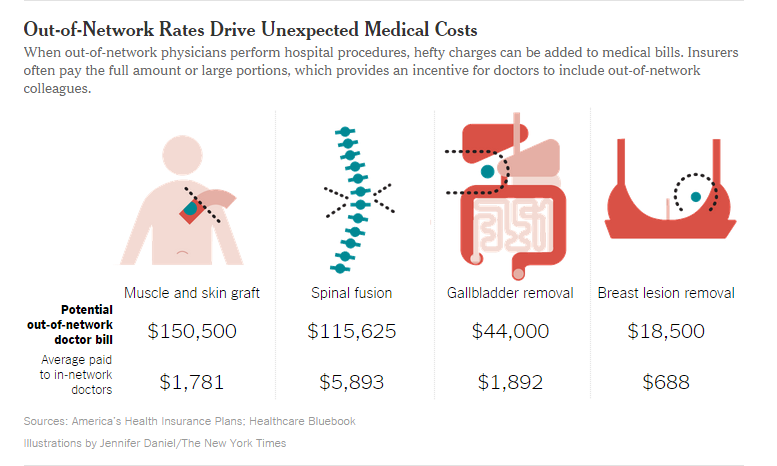Prior to the Affordable Care Act (ACA), individuals with pre-existing conditions and chronic illnesses routinely faced discrimination in the individual market in the form of higher premiums or, even outright denials for coverage through a tactic known as medical underwriting. That meant that children with asthma or a woman in remission from breast cancer could be denied health insurance. Thanks to the ACA, we now have limits on this industry practice which prohibit insurers from charging higher premiums or imposing coverage exclusions based on factors such as health status, use of health services, or gender.
During our Consumer Voices for Coverage Annual Meeting in September, Community Catalyst facilitated a workshop on advocacy strategies to address discrimination in health plans. In this blog we will focus on how stronger network adequacy standards can play a role in addressing discrimination concerns, and later in part 2 we will highlight how discrimination in health plans affects people living with HIV/AIDS, as one example.

Part 1: Narrow provider networks—keeping the sick and chronically ill out-of-network. While narrow networks might be seen as an attempt to reduce premium rates, they can also create barriers to accessing care. People with chronic illnesses often face discrimination because their providers are more likely to be excluded from a network due to the high cost of treatment. We have seen cases where many cancer care centers and children’s hospitals are excluded from the provider networks of a significant number of health plans. When provider networks are inadequate, consumers may unexpectedly seek care outside their health plan’s network and potentially face a surprise charge of thousands of dollars due to a practice known as balance billing.
New York – paving the way for stronger protections. Recently, New York passed a law to end balance billing and protect consumers from surprise out-of-network medical bills, passing the strongest protections of its kind in the nation. This is a significant victory for New Yorkers (Click here for a complete list of the advocacy strategies.). The new law strengthens standards for network adequacy, requires transparent information about out-of-network providers and reimbursement levels, expands consumers’ appeal rights for treatment decisions, and creates an independent arbitration process when the health plan and provider can’t agree on cost. Elisabeth Benjamin, co-founder of the Health Care For All New York coalition (HCFANY), shared that it is important to work among allies to identify and quantify problems, choose the right solutions, as well as raise awareness through media. Additionally, she offered that compelling stories are a key to winning legislators’ hearts.
“It took us three years to get the job done,” Elisabeth concluded, “but time is on [our] side and the cause is righteous!”
What can advocates do? Consumer advocates can play an important role in elevating consumer concerns and informing policy decisions to protect consumers, especially the sick and chronically ill, from out-of-network costs. There are several avenues of advocacy that we believe will help ensure that new insurance options provide adequate coverage for consumers.
- Advocates can utilize their state’s legislative and regulatory process as well the Marketplace to either strengthen existing laws or enact new legislation to limit balance billing practices, enhance transparency in health plans, and improve provider directories. Advocates should identify allies in the state who can use their influence to move reform forward.
- At the federal level, states can continue to push the administration to release guidance on important transparency and civil rights protections in the ACA (sections 1557 and 2715A).
- The upcoming open enrollment presents an opportune time for navigators and enrollment assisters to collect stories from consumers who are returning to the marketplace for a second time. Understanding firsthand how narrow networks are affecting consumers is vital to understanding the depth of the problem and supporting legislative and regulatory initiatives.
If you have questions or ideas for future materials on network adequacy, please contact Quynh Chi Nguyen, Program & Policy Associate; Staff Lead, Health Equity at qnguyen@communitycatalyst.org.
Authors: Ashley Blackburn and Quynh Chi Nguyen
